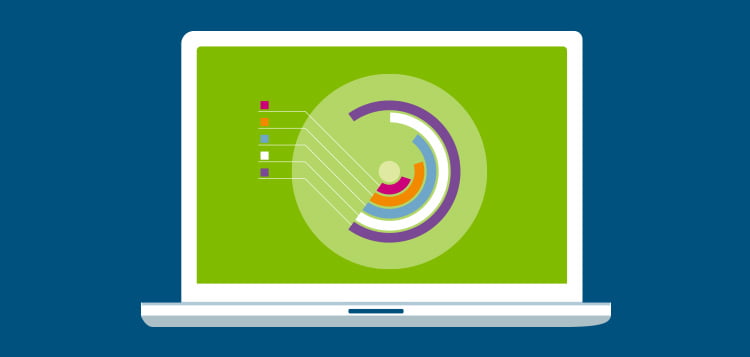Eager To Uncover Exactly How Website Layout Has Changed With Time? Study The Evolution From Simpleness To User-Focused Experiences
Eager To Uncover Exactly How Website Layout Has Changed With Time? Study The Evolution From Simpleness To User-Focused Experiences
Blog Article
Content Author-Rasmussen Hyldgaard
In the past, sites were straightforward and concentrated on details. Navigating was direct, and design was for desktop computers. Currently, individual experience is vital. Information overviews styles for simple navigating. Responsive formats fit different devices. Today, dark mode reduces stress, and minimal menus improve navigating. Interactive attributes involve customers, and vibrant visuals attract attention. AI combination improves interaction. See exactly how design has developed to enhance your on-line trip.
Early Days of Web Design
In the very early days of website design, simplicity preponderated. Web sites were basic, with limited shades, typefaces, and layouts. The focus got on providing information instead of showy visuals. Individuals accessed the net with sluggish dial-up links, so speed and capability were vital.
Navigation food selections were straightforward, usually located at the top or side of the web page. Web sites were developed for desktop, as mobile surfing wasn't yet prevalent. https://www.searchenginejournal.com/9-local-seo-tips-from-top-experts/445229/ was king, and designers prioritized simple readability over complex design aspects.
HTML was the primary coding language utilized, and designers had to work within its restraints. Computer animations and interactive attributes were marginal compared to today's criteria. Sites were fixed, with little vibrant content or personalized customer experiences.
Increase of User-Focused Design
With the development of website layout, a shift in the direction of user-focused layout concepts has become increasingly famous. Today, producing sites that prioritize customer experience is vital for engaging visitors and accomplishing company goals. User-focused layout involves recognizing the demands, preferences, and behaviors of your target market to tailor the internet site's format, content, and features appropriately.
Designers currently conduct detailed research, such as customer surveys and functionality screening, to collect insights and feedback straight from customers. This data-driven approach aids in creating instinctive navigating, clear calls-to-action, and visually attractive interfaces that resonate with visitors. By placing the individual at the facility of the layout procedure, web sites can supply an extra tailored and pleasurable experience.
Responsive design has also become an essential element of user-focused design, making certain that sites are enhanced for different gadgets and screen dimensions. This adaptability improves accessibility and functionality, dealing with the varied means customers interact with internet sites today. Essentially, the increase of user-focused layout represents a shift in the direction of developing electronic experiences that prioritize the needs and expectations of completion user.
Modern Trends in Web Design
Explore the current patterns shaping web design today. https://performancein.com/news/2022/02/21/a-new-strategy-for-attribution-in-the-privacy-first-internet/ is dark mode design, using a sleek and modern appearance while decreasing eye pressure in low-light environments. An additional essential trend is minimal navigating, simplifying food selections and boosting individual experience by concentrating on essential elements. Including micro-interactions, such as computer animated buttons or scrolling results, can develop an extra engaging and interactive site. Responsive style stays essential, making sure seamless customer experiences throughout numerous devices. Furthermore, utilizing bold typography and unbalanced formats can add visual rate of interest and draw attention to certain content.
Integrating AI innovation, like chatbots for client support or tailored recommendations, improves user involvement and simplifies procedures. Accessibility has also become a substantial trend, with designers prioritizing comprehensive design techniques to cater to varied individual requirements. Embracing sustainability by optimizing website efficiency for speed and performance is one more emerging trend in web design. Teaming up with customer comments and data analytics to repeat and enhance style continuously is important for remaining pertinent in the ever-evolving digital landscape. By embracing these modern fads, you can create an aesthetically attractive, easy to use site that reverberates with your target market.
Verdict
As you review the advancement of web site style from the very early days to currently, you can see exactly how user-focused layout has actually ended up being the driving pressure behind modern-day fads.
Welcome the trip of adjustment and adaptation in website design, always maintaining the customer experience at the center.
Tippingpointdigital
Keep present with the most up to date fads and modern technologies, and never stop progressing your technique to produce visually sensational and easy to use sites.
Progress, adjust, and create - the future of web design remains in your hands.
